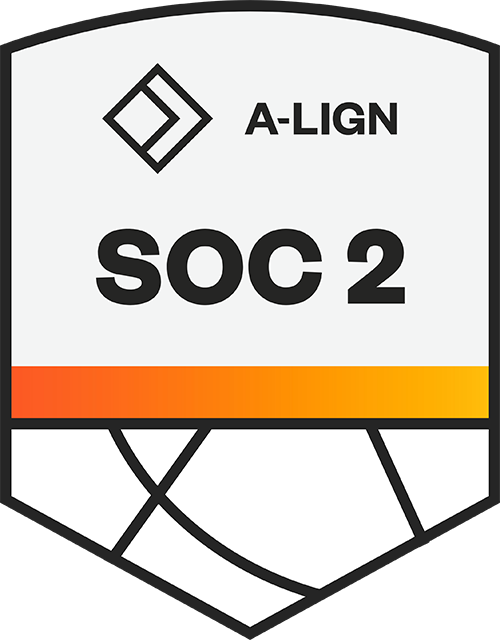Court reporting is more than a logistics exercise – it’s a critical component of case strategy. In today’s litigation landscape, where deadlines are compressed, teams are stretched, and expectations are high, the service layer behind every deposition has a direct impact on outcomes.
Yet, too often, service is treated as a secondary consideration.
Technology platforms, turnaround times, and price points all matter – but when things go wrong, or when precision and coordination are critical, it’s the quality of your provider’s service that determines whether your legal team can stay focused on winning the case or gets pulled into administrative chaos.
Let’s explore why that service layer matters more than ever – and how top-performing litigation teams are rethinking their approach to court reporting.
The Real Cost of Service Gaps
The most common inefficiencies in litigation don’t come from lack of talent or poor strategy – they come from operational disruptions: a missed detail here, a miscommunication there. A court reporter who doesn’t show up. An exhibit that wasn’t shared. A transcript that arrives late or with errors.
These small cracks in the process compound quickly, especially in multi-party, high-volume matters. The consequences range from minor delays to costly reschedules and jeopardized discovery deadlines.
The root cause? A lack of integrated, proactive service.
In a fast-paced litigation environment, court reporting providers must act like operational partners, not transactional vendors. That requires a shift from “order fulfillment” to active case support – anticipating needs, managing complexity, and communicating constantly.
When Service Is Strategic
What does excellent court reporting service actually look like in practice? Based on my two decades in the industry, it includes:
- Proactive Communication: Confirming logistics well in advance, flagging potential issues early, and staying in touch as circumstances evolve.
- Continuity of Support: Assigning a single point of contact who understands the case and coordinates across stakeholders.
- Responsiveness: Rapid replies when you need answers – especially when schedules change or issues arise unexpectedly.
- Follow-Through: Ensuring deliverables (like roughs, finals, and exhibit files) are accurate and on time, with no surprises.
These aren’t bells and whistles. They’re foundational to keeping litigation running smoothly.
The best providers have operationalized this model – building service teams that function as extensions of legal operations, not external suppliers. In this way, service becomes not just a benefit, but a competitive advantage.
The Role of Technology (and Its Limits)
Technology plays a critical role in streamlining scheduling, managing transcripts, and supporting real-time services. But software alone doesn’t solve problems, it must be embedded within a responsive, human-first service model.
That’s the lesson many firms are learning after working with vendors that offer advanced platforms but fall short on support. When no one answers the phone or owns the issue, the tech doesn’t matter.
The future of court reporting lies in the intersection of people and platforms: smart tools powered by experienced professionals who understand the stakes.
How Array Helps
At Array, we’ve designed our court reporting services to meet the evolving needs of litigation teams, especially those handling complex, fast-moving cases. Our approach combines:
- Named client service managers who handle scheduling, coordination, and escalation across every proceeding.
- Real-time transparency through our legal tech platform, which offers live updates, scheduling tools, and transcript delivery dashboards.
- A proactive operations model that confirms every deposition detail in advance and flags issues before they become problems.
The result? Fewer disruptions, more predictable outcomes, and greater control over litigation timelines and budgets.
Final Thought: Make Service Part of Your Strategy
Court reporting is no longer a commodity. It’s a strategic service that can either reduce friction – or create it. The difference lies in the people and systems behind it.
As litigation grows more complex, legal teams should expect more from their court reporting providers: more visibility, more reliability, and more strategic support.
Because when service is done right, it doesn’t just help you manage logistics – it helps you win cases.
John Baker; Executive Vice President, Court Reporting
With over 30 years of experience, John leads Array’s Court Reporting Division with a client-first approach, driving national growth while ensuring teams have the tools and support needed to deliver exceptional service. Passionate about integrating cutting-edge technology with legal services, he is dedicated to creating streamlined, scalable solutions that benefit clients. As an entrepreneur and investor, John leverages his extensive industry knowledge to tackle challenges, foster innovation, and prioritize collaboration—ensuring clients receive efficient, high-quality support in an evolving legal landscape.

